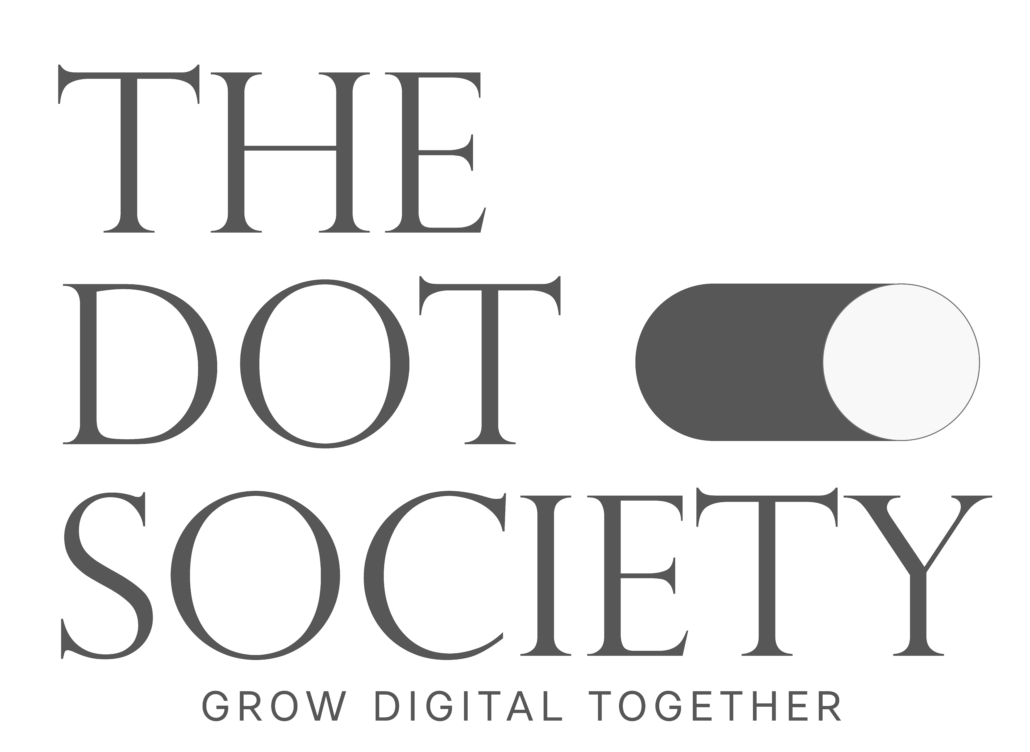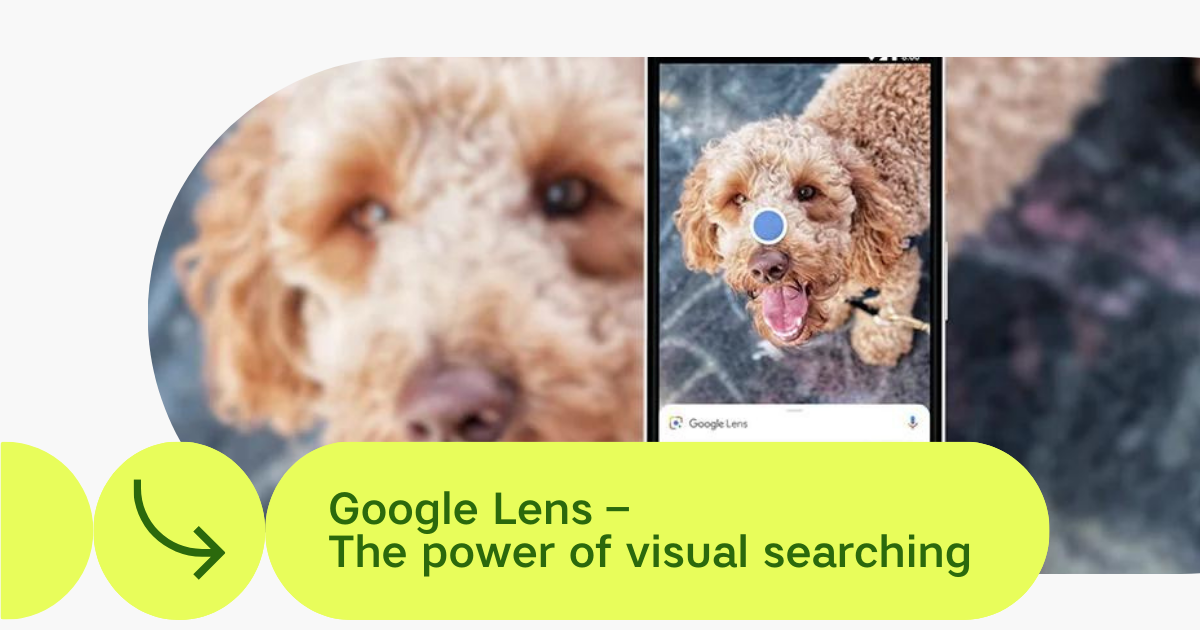Have you ever seen a picture, cute outfit, beautiful piece of furniture, … and wondered what it was or where it came from? Meet Google Lens! A tool that allows you to scan the world around you and get more information about what you see.
But what exactly does this mean for brands? In this article, we look at how Google Lens can be used to improve your digital marketing strategy and what challenges you need to consider.
Sources:
What is Google Lens?
Google Lens is an image recognition technology developed by Google that allows users to identify objects in the real world. It uses machine learning algorithms and computer vision techniques to analyze images and gather relevant information. For example, you can scan your plant on the windowsill to discover what species it is. Or do you see a nice chair or dress? Scan it with Google Lens and discover where to buy it.
How can Google Lens be used in digital marketing?
- Product recognition
One of the main features of Google Lens is that it allows the user to identify objects and provide more information about them. This allows you as a brand to provide your customers with more contextual information and thus increase the chances of conversion. For example, when someone is browsing through a magazine and sees a product from your brand, they can simply point their cell phone at it and Google Lens will then provide more information about it: the price, different colors in which it is available, etc.
- Linking to other content
Another feature of Google Lens is that it is able to recognize images and link them to related content. For example, if someone takes a picture of your logo, Google Lens will recognize it and provide more info about your products and/or services. This allows brands to increase their visibility and expand their customer base.
- Analysis
Finally, by scanning images and gathering information about what is being seen, Google Lens can give a brand more insights about what products are popular and what trends are developing. This can help in developing more effective marketing strategies, for example.
What challenges should we consider?
While Google Lens is a powerful tool that offers many benefits to marketers and consumers, there are also some challenges associated with its use.
- Technological limitations
Even though the image recognition technology of Google Lens is already very impressive, it is not yet perfect. Sometimes the software can have difficulties identifying objects accurately or providing the right information. Things that can help to make your images come through in the best possible way are the following:
- Using high-quality, high-resolution images.
- Add structured data. These are special HTML tags that contain information about the content of the image. For example, the image title, location, date it was taken, etc.
- Include Descriptive Alt tags that succinctly and accurately describe the content of the image. For example, if an image shows a woman wearing a red dress on the dance floor, the alt tag could be “Red evening dress.”
- Privacy issues
Since Google Lens works by scanning images, some hesitate to use this tool because they are concerned about how their images and personal information are stored and used. To mitigate this as much as possible, it allows users to give Google Lens only access to user-selected images and you can delete your data from the app or Google’s server after use.
- Competition
Google is not the only player in this field, other companies are also working on similar image recognition software. For example, Pinterest Lens already exists. A similar visual search feature where users can also draw a picture and then get suggestions of similar items on Pinterest.
Want to learn more about it? Then don’t hesitate to contact the dotters.
Already convinced? Then open Google Lens and discover the infinite possibilities of image recognition!
This post is also available in: Dutch




